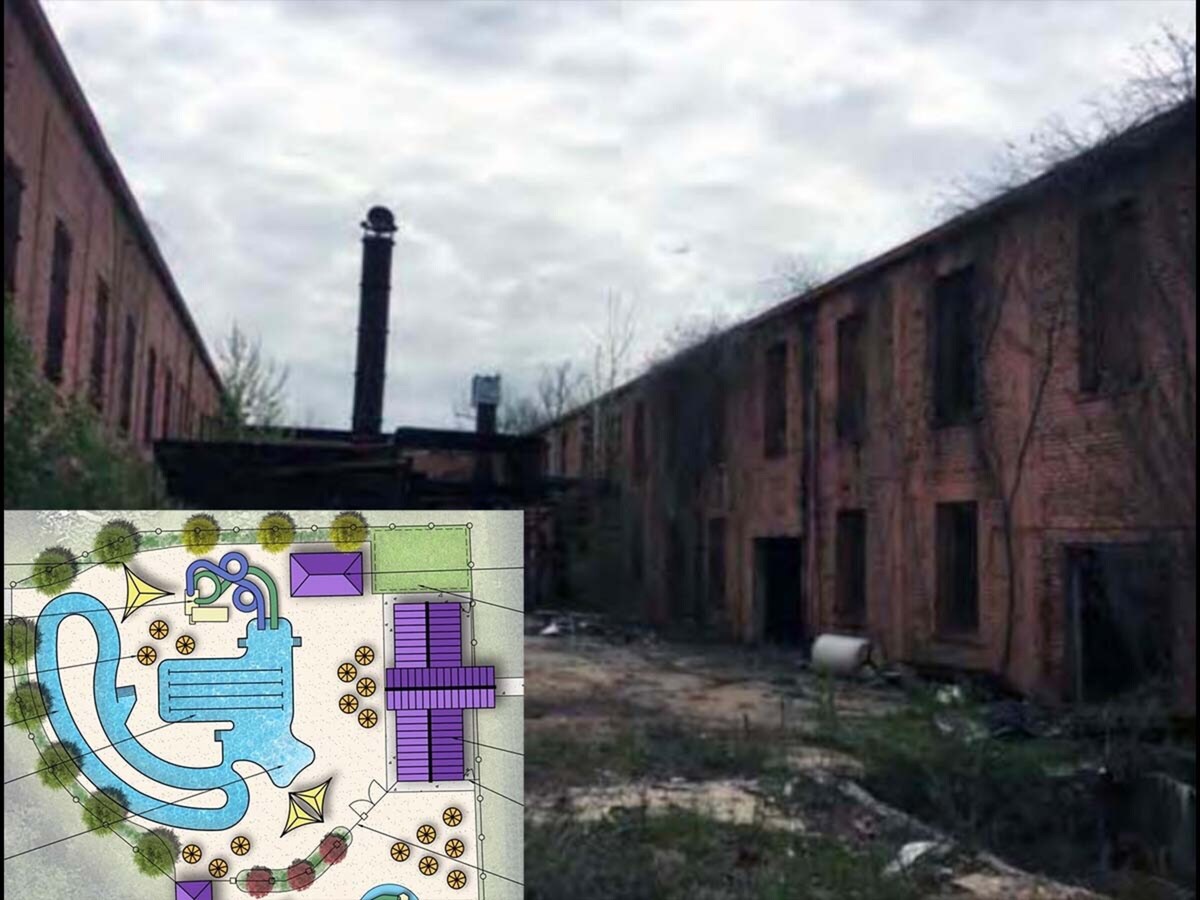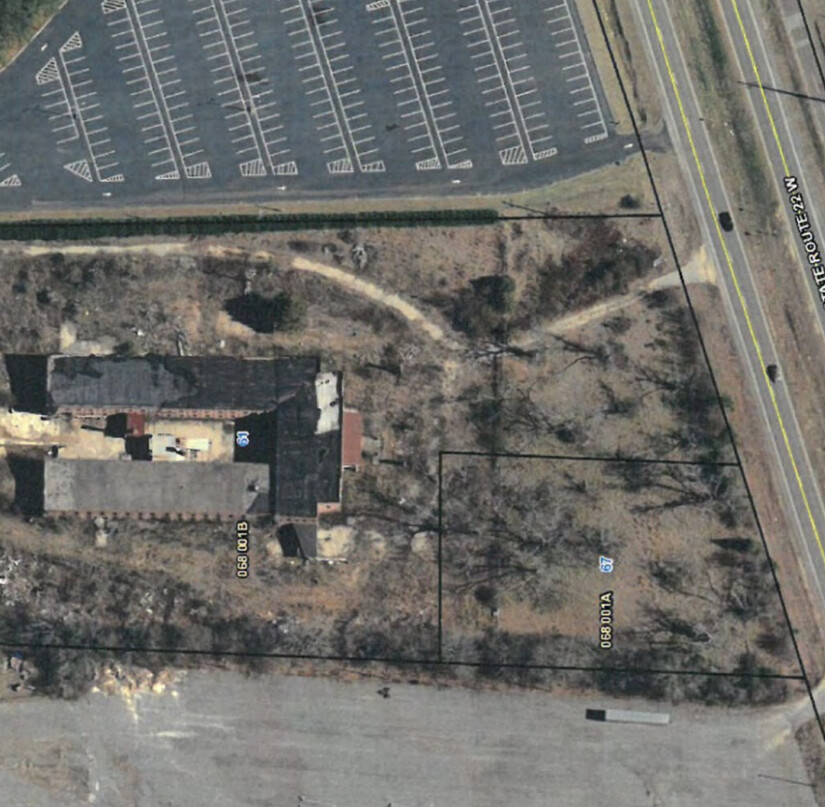Image

Straightforward question: Are there unmarked graves, dating back roughly 100 years, at the proposed aquatic center/water park site at Walter B. Williams Jr. Park?
The answer: It depends on who you ask.
County Manager Carlos Tobar says that "it's highly unlikely." Tobar points out how much of the new water park will be located exactly where the old state prison building once stood. How could you bury prisoners underneath a brick building, or why would you bury prisoners right beside a building?
MORE READING
Construction could begin later this year on Walter B. water park
Tobar added that the county government already has "received environmental clearance and the go-ahead from the (Georgia) Department of Community Affairs."
"There was a big historical building condition assessment report that was commissioned. There's no indication in (the report) that there's anything there," said Tobar, with the "there" meaning human remains.
As an abbreviated history lesson, the Georgia State Prison Farm operated between 1911-1937. The prison building, itself, was a two-story brick building with a large courtyard in the middle.

Pictured above is a satellite photo of the old Georgia State Prison Farm facility, a few years before it was demolished in 2018. For perspective, the road shown in the far right of the pic is Ga. 22.
At the 4,000-acre property, there existed a "white cemetery" and a "black cemetery." The location of the black cemetery has been known for many years and is well-documented, and it's located roughly a half-mile from the old prison building and closer to Ga. 212 and the new Walter B. soccer fields. According to The Georgia Trust, the "Red Hill Prison Cemetery" is situated "on a hill overlooking the 4,000-acre Old State Prison Farm in Milledgeville...Red Hill Prison Cemetery is home to over 600 graves of incarcerated men and women who died at the prison between 1911 and 1936. License plates manufactured on site by the prisoners were used as grave markers for the deceased prisoners, indicating each grave by number, not name. Once the prison closed and moved locations in 1937, these graves were left unattended and neglected."
Baldwin2K News documented ongoing work at Red Hill Cemetery last summer. The man who's championing its preservation is Edwin Atkins, whose great-grandfather was the chaplain at the Georgia State Prison back in the day.
As for the "white cemetery," well, the "white cemetery" has never been found. Atkins believes there's a possibility that the white prisoners were buried near the water park site. Atkins has brought in cadaver dogs on numerous occasions to sniff around the perimeter of the property. WMAZ/Channel 13 tagged along during one of those occasions, when one of the cadaver dogs "hit" on "20 different sites.
A "hit" doesn't necessarily mean bones and bodies, however. Kerri Gebbler, the owner of the dogs and a nationally-certified K-9 rescue handler, told Baldwin2k that her dogs aren't trained to sniff out merely human bones, but rather "different tissues, hair, blood and an assortment of things." Nevertheless, in the interview with Channel 13, Gebbler was confident that the dogs "hit" on graves.
Atkins says that, at the end of the day, the water park shouldn't be constructed one way or the other, regardless if unmarked graves exist at the site.
"This is too historically important to be the site of a swimming pool. Just because the building is gone doesn't mean that the history is gone,"Atkins said, pointing out how several thousand people died inside the old prison. "I don't know who wants to put their child in a swimming pool on the backs of dead people."


